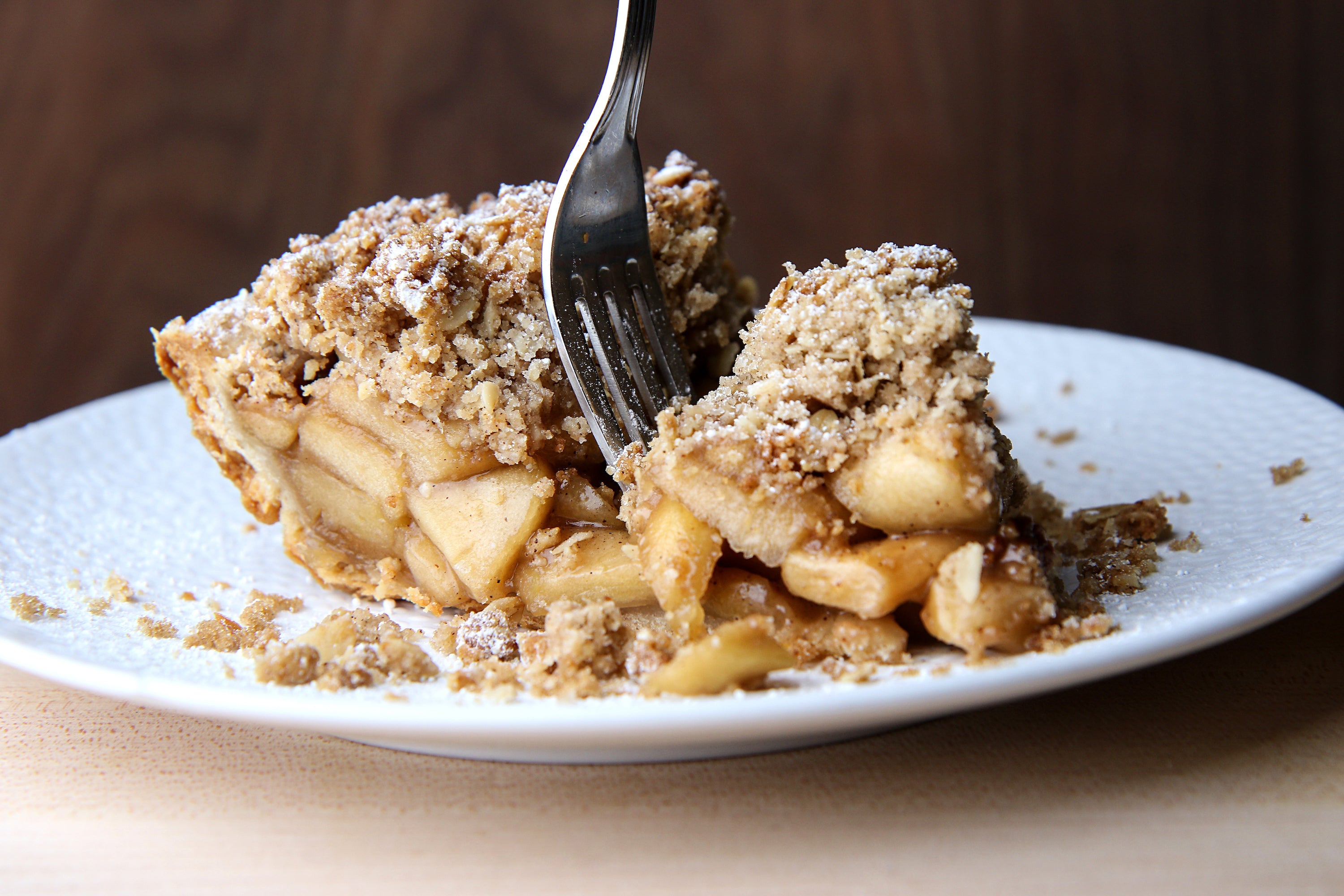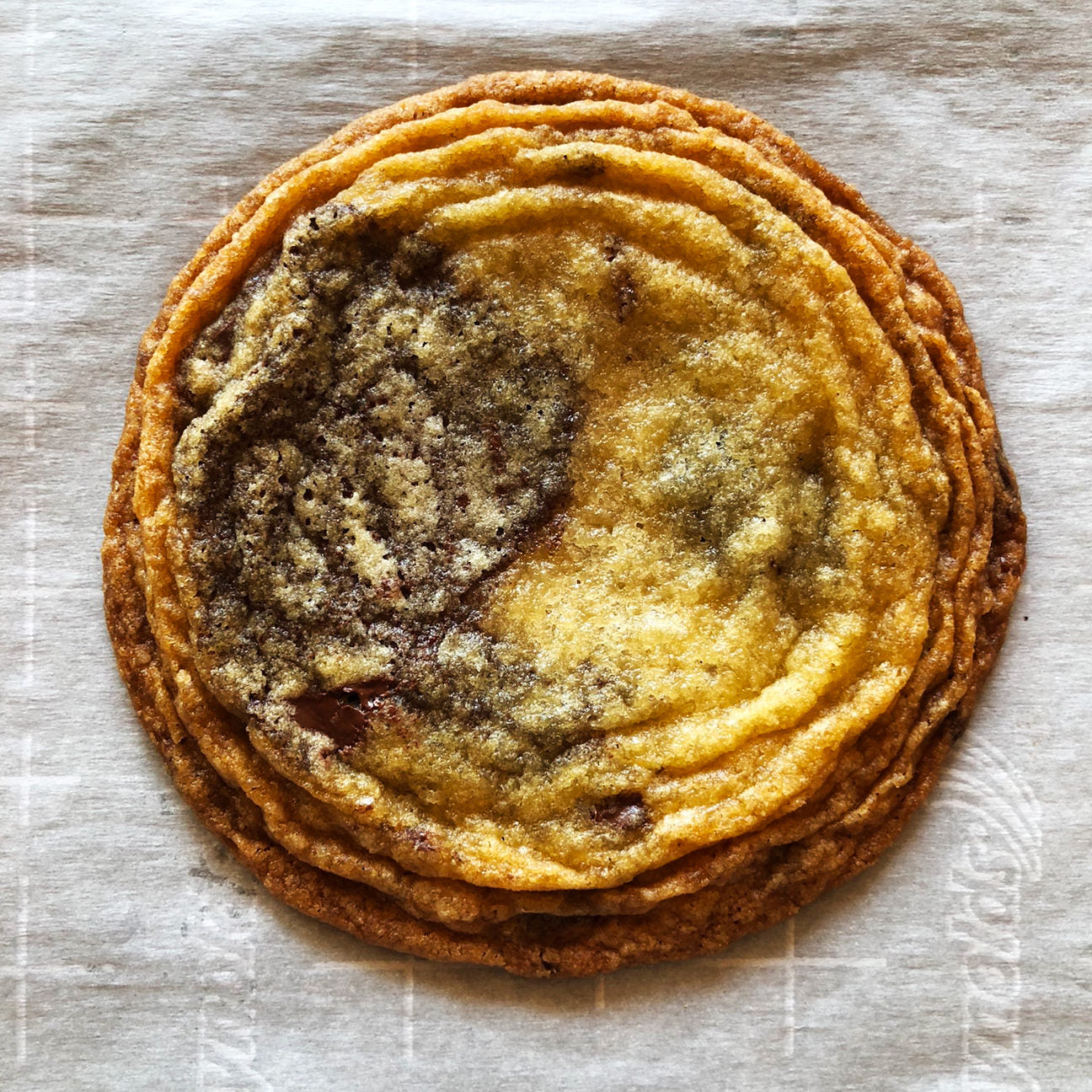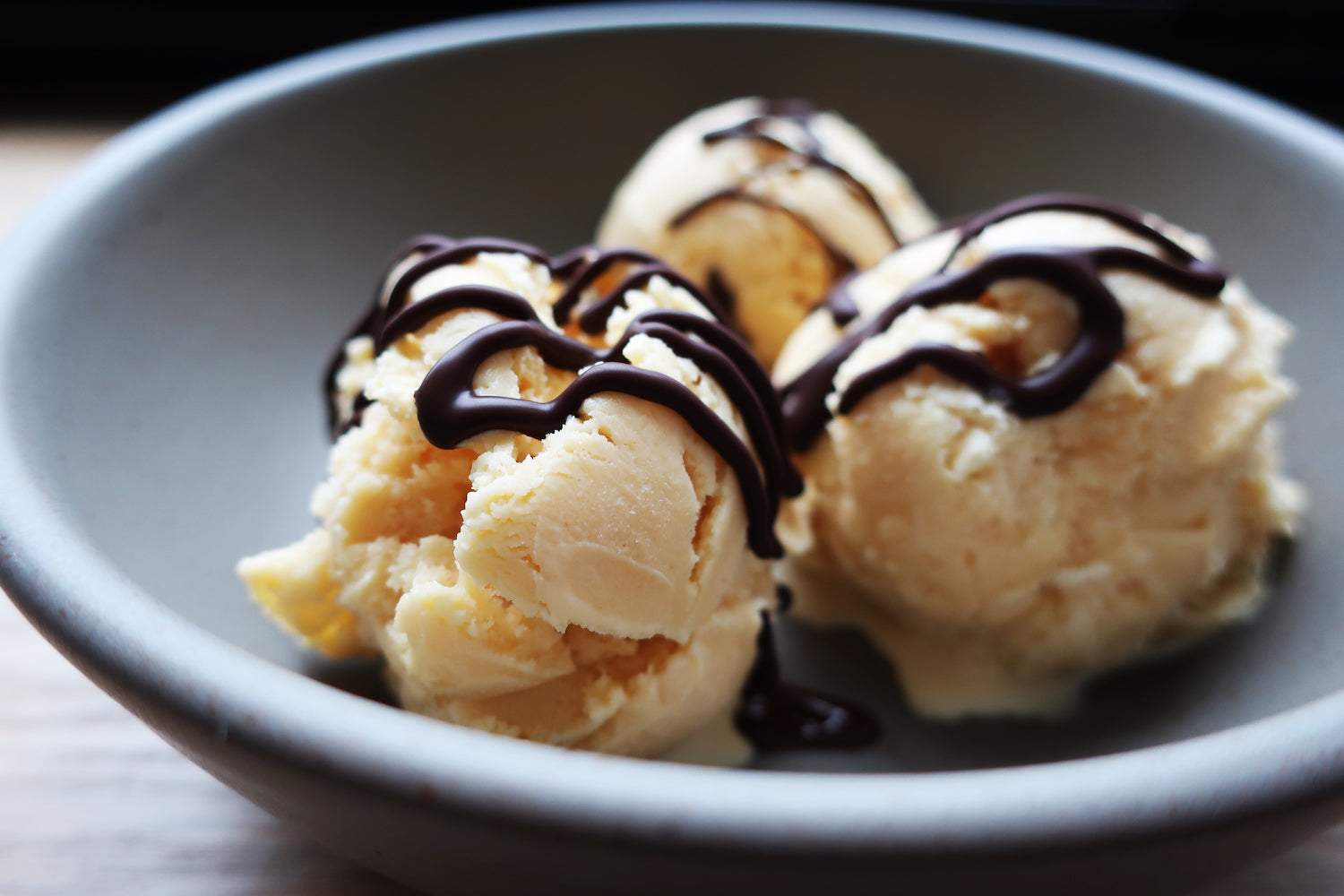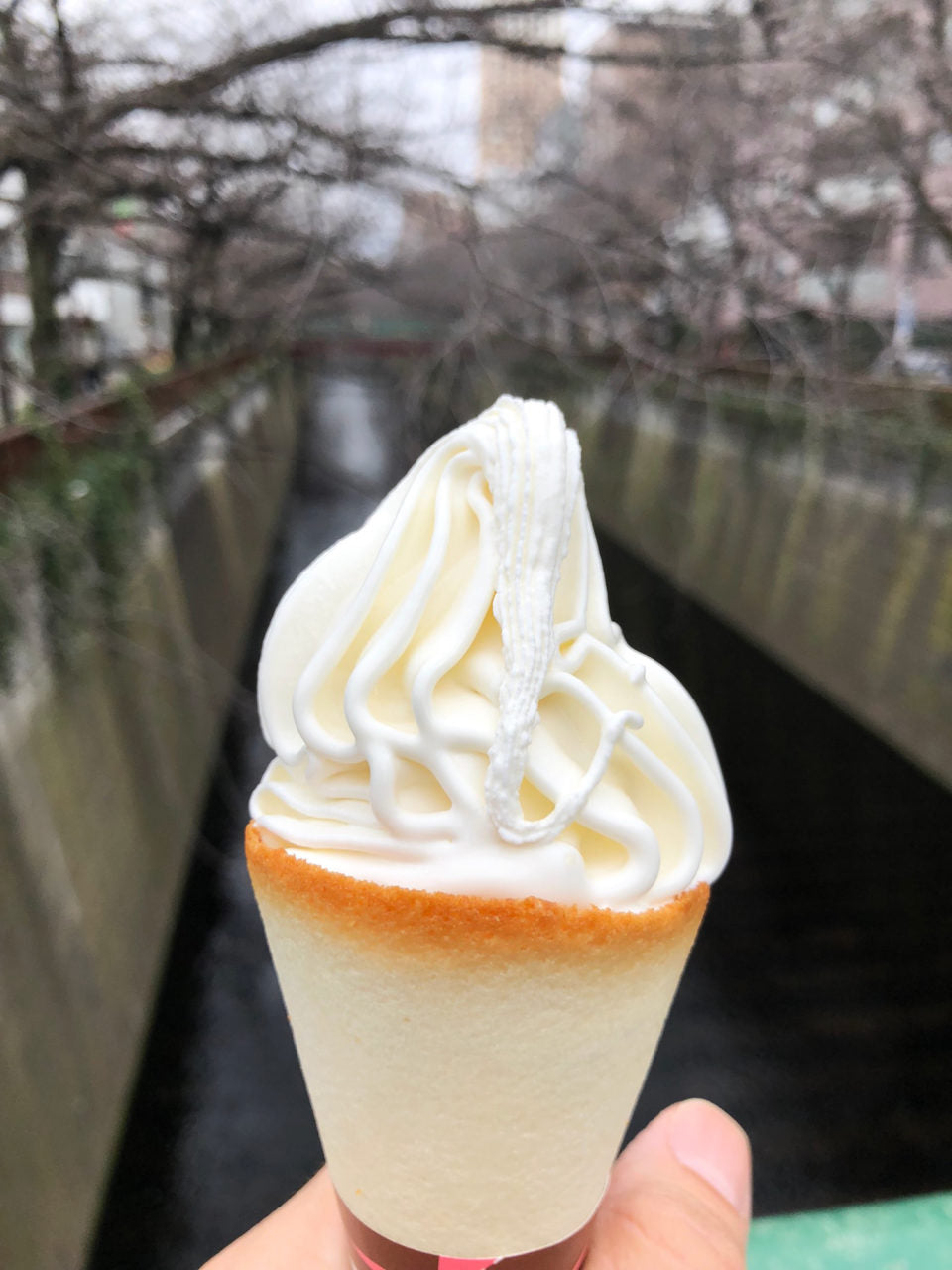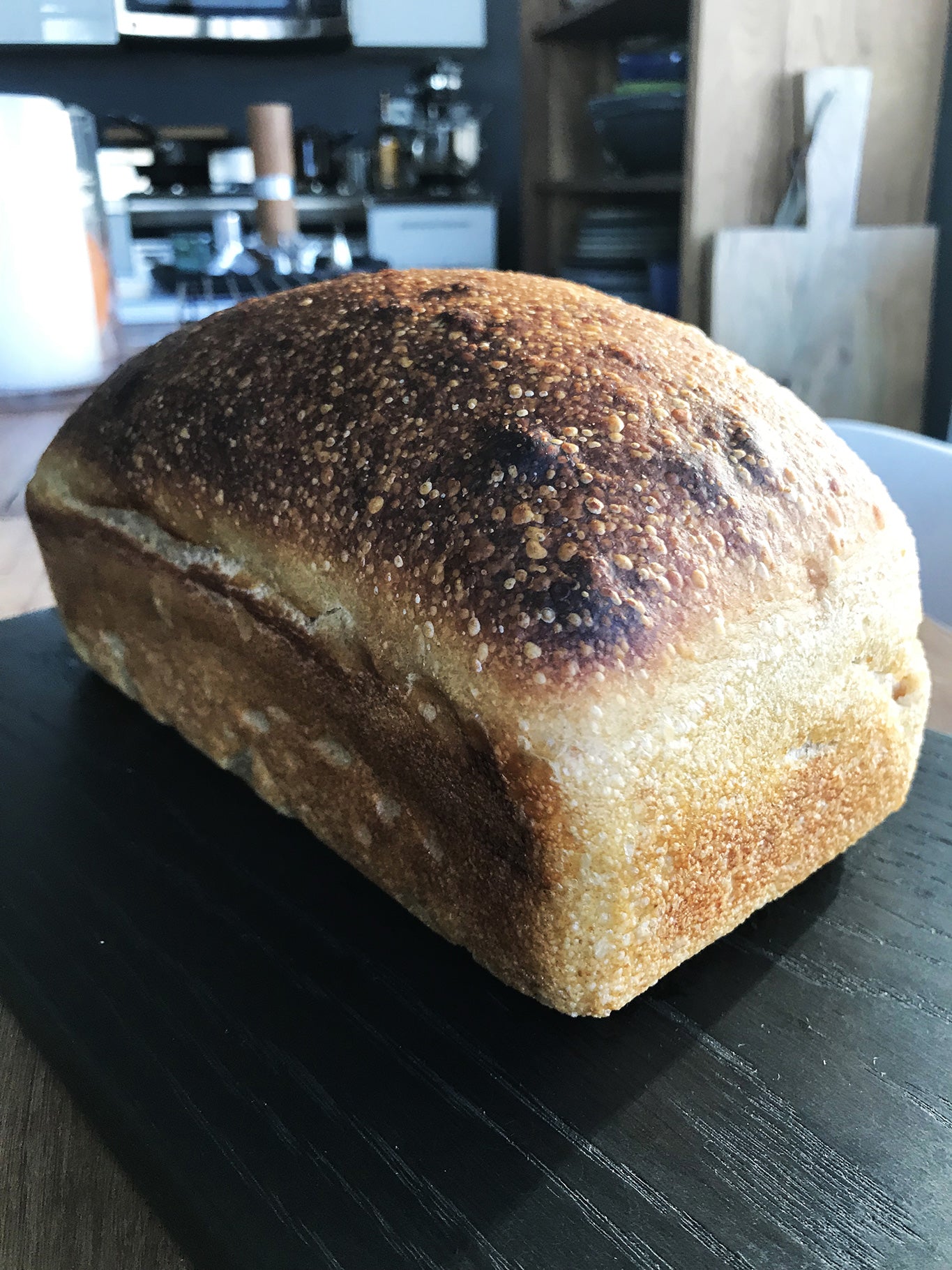The Fantastic Marble Cake That Was Supposed to Be A Pretzel
 Honestly, this post was supposed to be about a pretzel. It was going to be a breathless retelling of my adventures in making the absolutely gorgeous Brezeln (aka Soft Pretzels) featured in Classic German Baking by Luisa Weiss. There were going to be many photos of twisting and dipping and baking (a little random, rustic salt bowl perhaps in the upper left of a photo or two for photo styling of course) and there was going to be much sharing and eating. But I misplaced the food grade lye (a very necessary pretzel ingredient). Twice. Well, actually the first time I ordered it, it never arrived. Or, depending on who you believe, it arrived, but someone took it from our lobby (unlikely, but okay). I placed another order and it arrived. Got my grubby hands on it. But I can’t find it. I can find that banana flour I ordered a few months back, but not the lye. Sigh.
Honestly, this post was supposed to be about a pretzel. It was going to be a breathless retelling of my adventures in making the absolutely gorgeous Brezeln (aka Soft Pretzels) featured in Classic German Baking by Luisa Weiss. There were going to be many photos of twisting and dipping and baking (a little random, rustic salt bowl perhaps in the upper left of a photo or two for photo styling of course) and there was going to be much sharing and eating. But I misplaced the food grade lye (a very necessary pretzel ingredient). Twice. Well, actually the first time I ordered it, it never arrived. Or, depending on who you believe, it arrived, but someone took it from our lobby (unlikely, but okay). I placed another order and it arrived. Got my grubby hands on it. But I can’t find it. I can find that banana flour I ordered a few months back, but not the lye. Sigh.

I placed a third order for lye. It is on the way supposedly. In the meantime, I paged through Luisa’s stunning book and glory be: Marmorkuchen, a German marble cake recipe. Yes, you need more marble cake recipes (as you do chocolate chip cookie recipes and banana bread recipes) and yes, you need to make this one because as Luisa notes of her friend’s marble cake recipe “Maja’s secret is stirring melted white chocolate into the plain batter”. Wait. WHAT?! This is a brilliant idea and now I need to know what other baking secrets Maja is keeping from the rest of the world.

I couldn’t find my Gugelhupf pan (I really need to organize my storage unit), so I baked this recipe in a mini-Bundt pan for an extra dose of cute (made about 10 minis for me), and the results were lovely. The white chocolate is not flavor forward, rather it just adds a certain something (a richness) to the plain portion of the cake that is completely satisfying. And the overall crumb was lighter than several of my favorite marble cakes. It was less morning gut bomb and more tea cake in texture. This is a good thing. I have already added it to my marble cake rotation, and I might even deploy the white chocolate trick to other unsuspecting vanilla-based batters.

As mentioned previously, Luisa’s book, Classic German Baking is necessary (and beautiful) and informative. For instance, did you know that children in Germany request marble cake for their birthdays? This is astounding in of itself, because after 14 years of owning a bakery I cannot remember seeing or hearing about a single kid ordering a marble cake for his or her birthday. What are we doing wrong over here? Also, I intend to make those pretzels soon. And there is a Classic Quark Cheesecake recipe that I am solely focused on if only because I had such a weird cheesecake experience in Berlin. That’s another story.
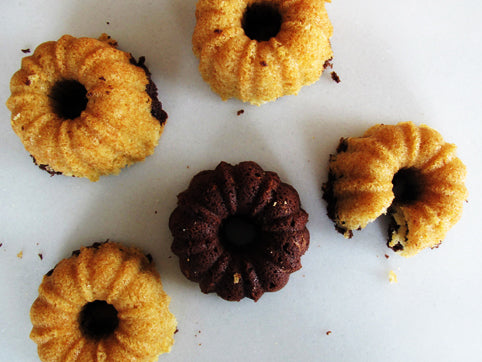
Notes on this Marmorkuchen recipe:
- Luisa suggests baking this cake a day before serving as it gets better with age. By the by, I ate one cakelet a mere 3 hours out of the oven and it was delicious, but listen to Luisa, not me.
- When baking this cake in a Bundt pan, be very mindful how much to fill it – this cake really rises (perhaps the full tablespoon of baking powder has something to do with it). For mini-Bundts, I suggest filling halfway and for large 10 and 12 cup Bundts, maybe fill just under ¾ of the way. Regardless, always best to put a baking pan under the Bundt pan just in case.
- One of my neighbors requested an all chocolate cake, so I made more chocolate batter than the recipe suggests. You can do this too but I still prefer the regularly portioned marble cake.
- I used an ice-cream scoop with release mechanism to create a “checkerboard” pattern of batter before swirling. I have always used this method, but any marble cake method will work.
Marmorkuchen – Marble Cake from Classic German Baking by Luisa Weiss
Ingredients
3 ½ ounces bittersweet chocolate, chopped
3 ½ ounces white chocolate, chopped
18 tablespoons unsalted high-fat, Euro-style butter, softened
1 ¼ cups sugar
¼ teaspoon salt
1 teaspoon vanilla extract
4 large eggs
2 cups all-purpose flour
1 tablespoon baking powder
2 tablespoons cocoa powder
3 tablespoons whole milk
confectioners’ sugar for dusting
Directions
Preheat the oven to 350℉, placing the rack in the bottom third of the oven. Liberally butter and flour a Gugelhupf or Bundt pan.
Put the bittersweet and white chocolate into two separate small stainless steel bowls that can be set over a small saucepan of simmering water, or in microwave-safe bowls. Melt the chocolates, one bowl at a time, over the saucepan of simmering water or in the microwave in small bursts, stirring after every few bursts. Set aside to cool.
Place the butter in the bowl of a stand mixer fitted with the flat beater attachment. Add the sugar and salt and beat until light and fluffy. Beat in the vanilla extract and then the eggs, one at at a time, scraping down the bowl after each addition, until the mixture is well combined.
In a separate bowl, whisk together the flour and baking powder. Beat the flour into the butter mixture. Then scrape out two-thirds of the batter into a medium bowl and stir all of the melted white chocolate into the large batch of batter until no streaks remain.
Add the melted bittersweet chocolate, cocoa powder, and milk to the remaining one-third of the batter and beat until fully combined and no streaks remain.
Scrape half of the white batter into the prepared cake pan. Top with bittersweet batter. Then scrape the remaining white batter on top. Using swooping motions, drag the blade of a knife through the batter to create a marbled cake. Place the pan in the oven and bake for 60 minutes, or until the white part of the cake is golden brown and a tester comes out clean. Bundt pan users: start testing earlier (45 minutes) and mini-Bundt users test around the 18 minute mark.
Place the pan on a rack to cool for 10 minutes before unmolding it onto the rack and letting it cool upside down. When the cake has cooled completely, dust with confectioners’ sugar, if desired, and serve. The cake can be made a day ahead. Any leftovers will keep, wrapped in plastic wrap, for 3 days at room temperature.

P.S. I know Luisa, the author, quite well. She edited our very first cookbook.

